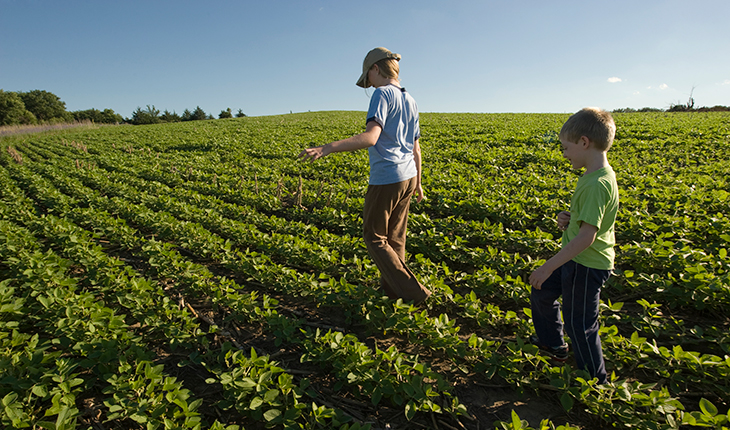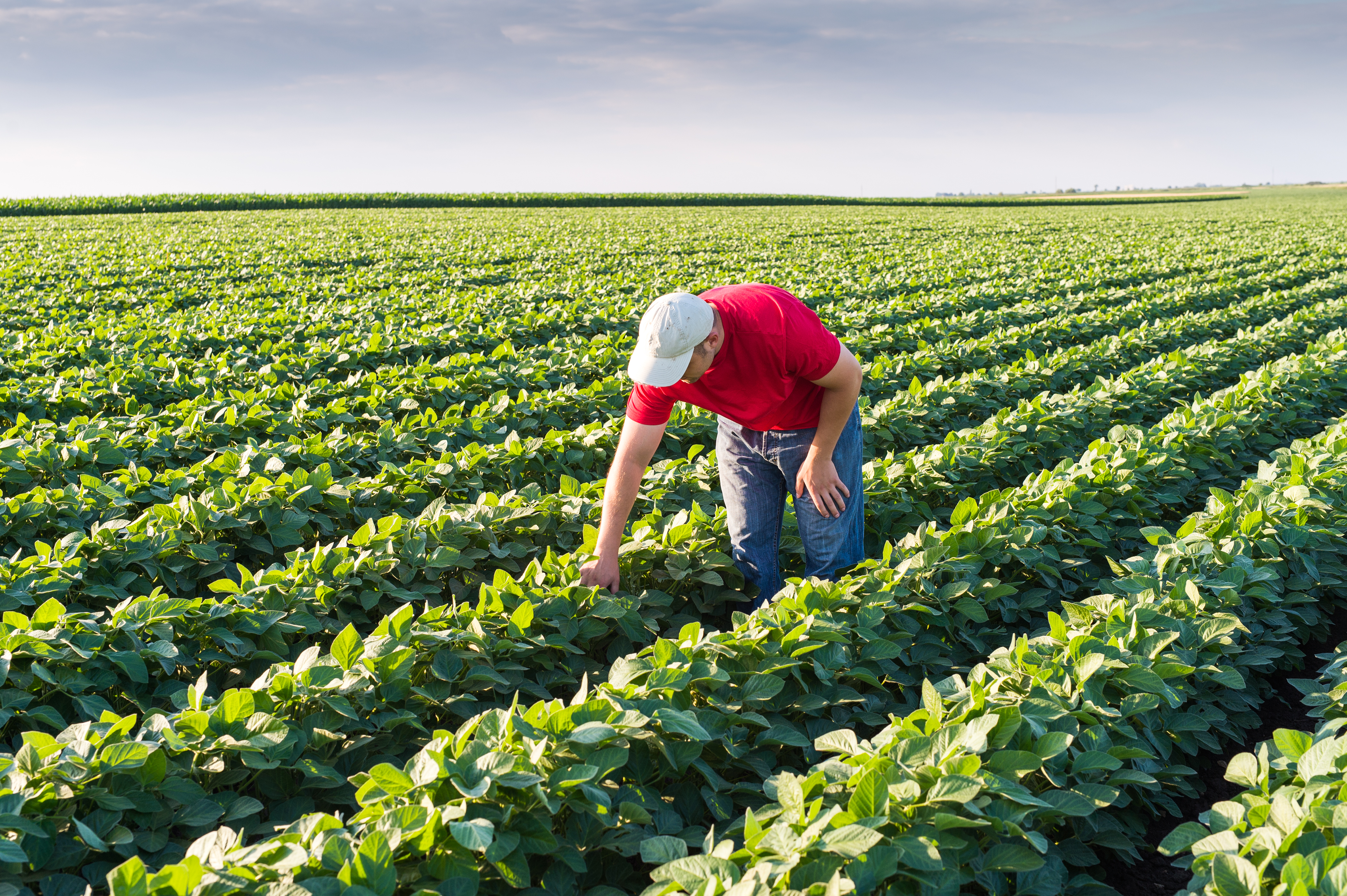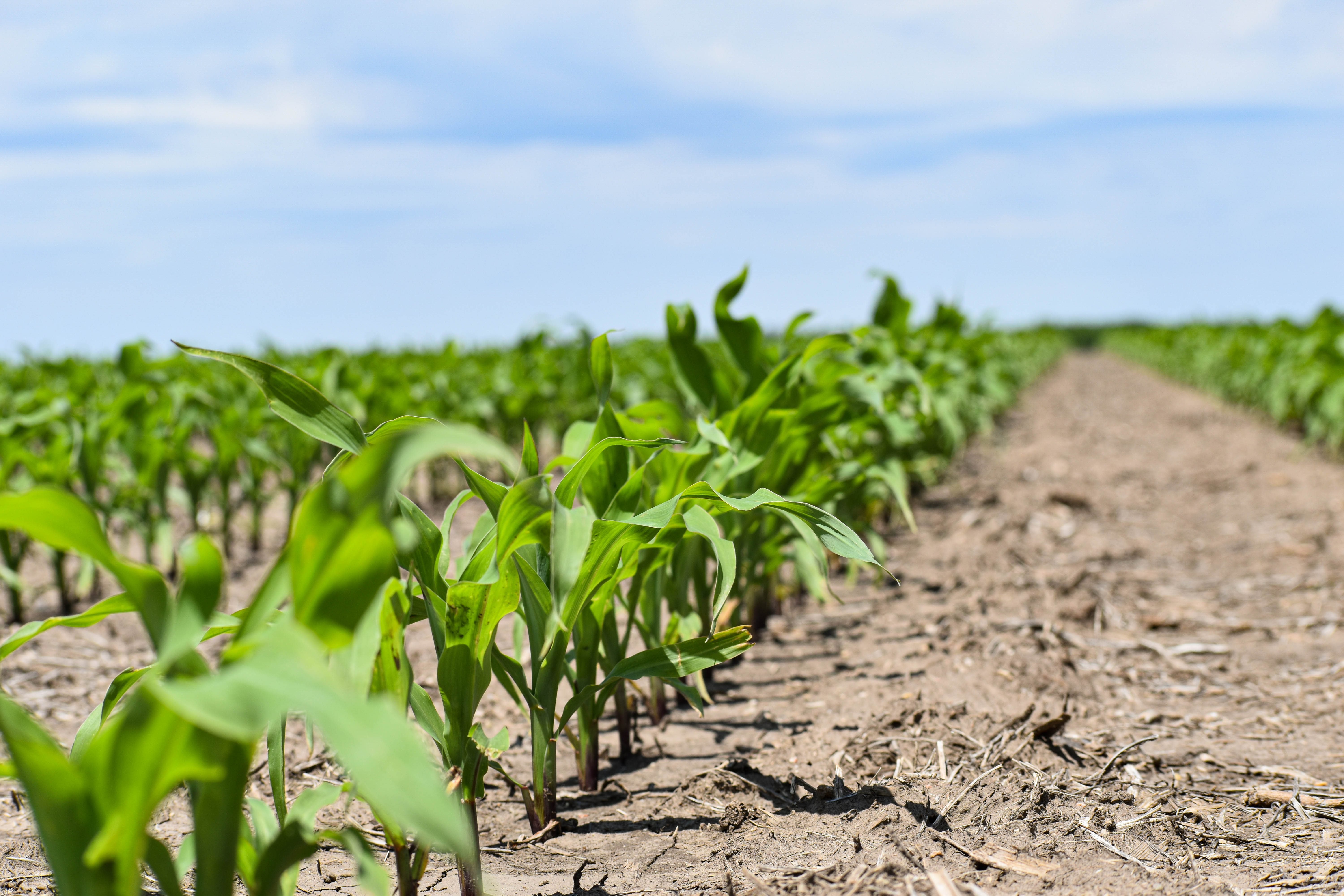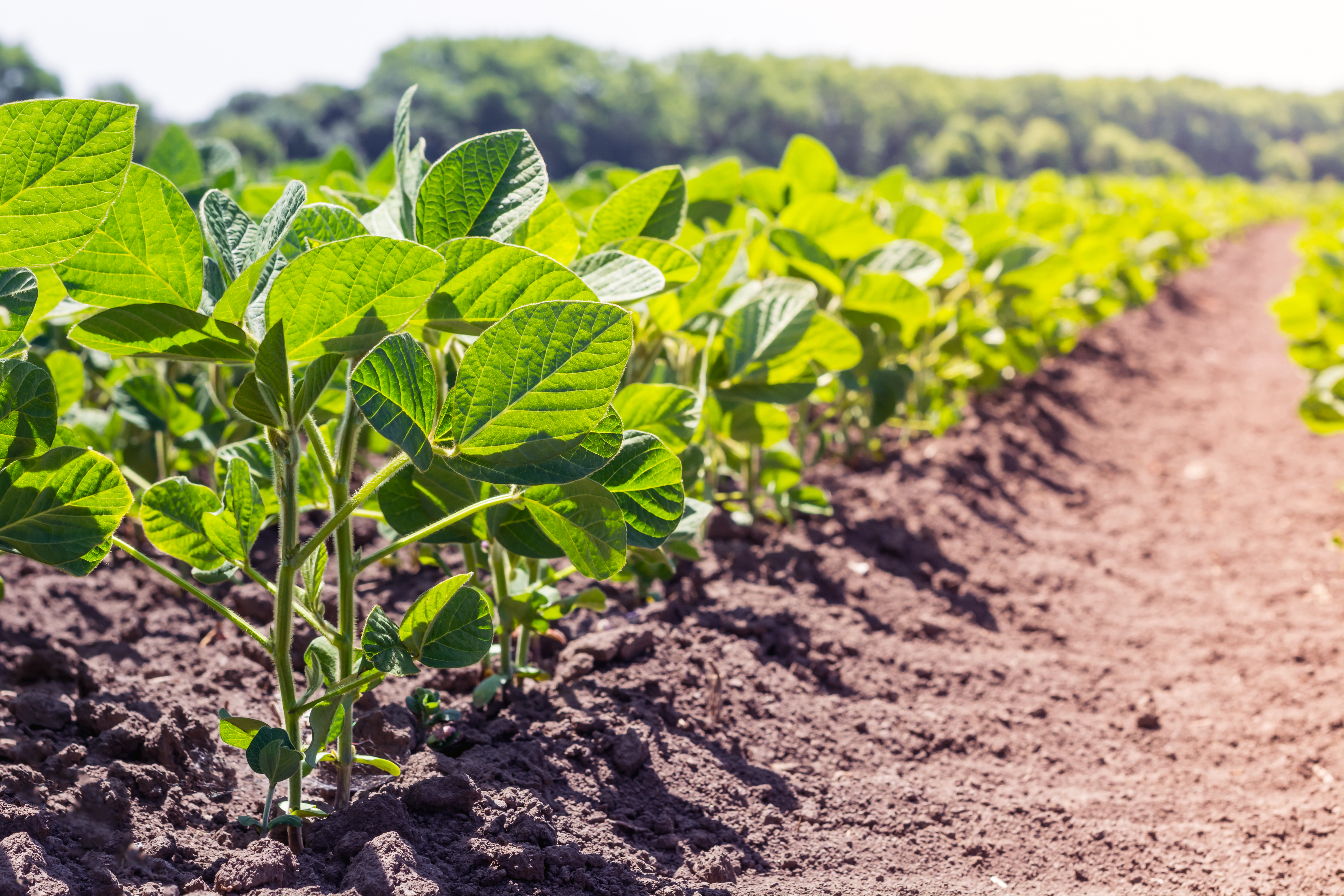As soybean planting nears, many Norder Supply Agronomists have fielded questions about lowering soybean planting populations. There may be some good reasons to plant fewer seeds per acre, specifically reducing input costs, but one should not start backing off populations without weighing the pros and cons of a lower population. All opinions found in this article are based upon 30-inch row widths or wider. With narrow row planting or drilling soybeans, planting populations recommendations will higher than these populations mentioned.
Soybean populations have been coming down a little bit each year for a while now, and without any significant reductions in yield. One reason for this is the advancement in seed treatments to protect germinating seeds from insects and fungus. It has been commonly reported that if soybean populations are between 120k and 180k, when planted in 30-inch rows, there is no significant impact on final yields. Some may argue as low as 90k populations can still produce near optimum yields. When we reduce soybean planting populations, we want to maintain a final population with in the acceptable range. If we believe 120,000 plants is the bottom end of the optimum population to achieve max yield, then we do not want to drop on 120,000 at planting. Planting population should be at least 135k to 140k just to adjust for the 90% germination and plant thicker when germination tests are below 90%. In addition, how much loss should we expect from crusting or damping off? If planting in ideal soil conditions in late May, soybeans can start to emerge in 3 to 4 days and stand loss is probably limited. Nevertheless, research has suggested increased yields from earlier planting and with the larger, faster planting capabilities of many producers, planting in late April has become more popular. With the colder, wetter soils, the chance of a few more lost plants increases. We better increase populations a little bit if planting in April.
We also must consider the structural characteristics of the soybean variety you are planting. With a bush type bean, lower populations will allow for more space for leaves to capture sunlight, and provide more pods on the branches. However, canopy establishment is quicker with more competition between plants at a higher population, which will aid in weed control. A tall soybean with poor standability may also benefit from lower populations, with a thicker stem to support the plant. A thicker stem may also help with shorter season varieties that are subject to lodging from Dectes Stem Borer. A medium statured (erect) plant, with good standability could actually benefit from an increase in populations, and reducing populations too much on these types of varieties could limit yield potential and hinder canopy development.
When we read about high yields at what appears to be a very low population, we must also know the other variables surrounding the results. Was the field planted later in the season when conditions were optimum for quick emergence? What were the fertility levels of the field, and what additional inputs may have been used to achieve such yields?
Talk with your seed provider and Norder Supply Agronomist before committing to lower planting populations. They will advise you on which varieties may handle a lower population, and which ones could benefit from more plants per acre. These folks also know more about your fields’ characteristics and what planting populations are ideal to achieve maximum yields.



